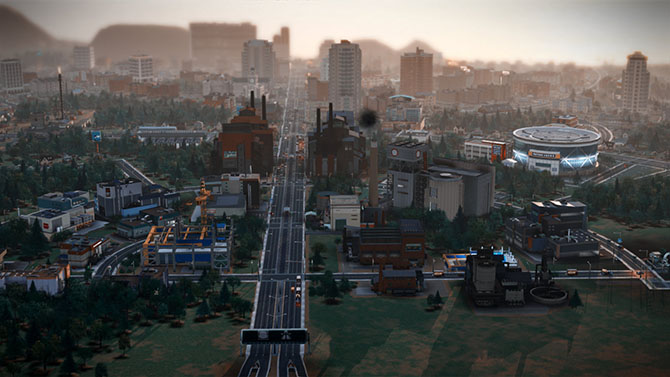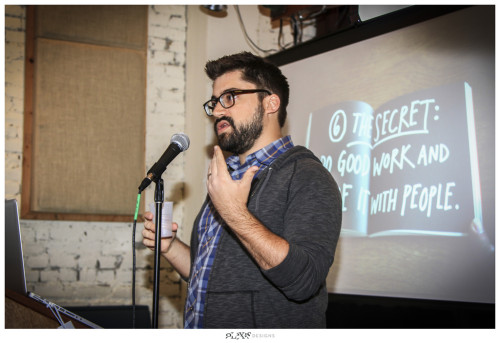
It was my pleasure to give the inaugural talk at the first Creative Mornings here in Austin last month. The monthly theme was “The Future,” so I tried to make the talk a sort of rallying cry to encourage future presenters and attendees to open up and share the process of their creative work, not just the products of that process. (That happens to also be the subject of my next book.)
If you don’t want to watch the video, I’ve pasted my notes and a few slides from the talk below. Enjoy.
* * *
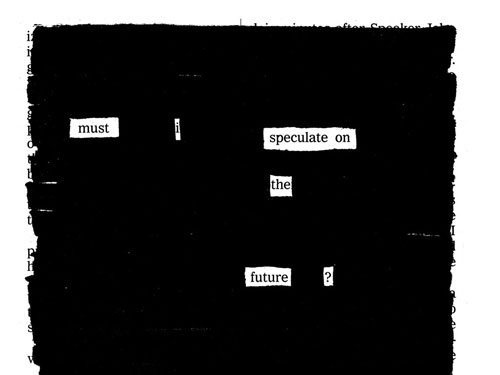
It’s weird to try to give a talk about the future, because most of the time, talks like this are actually about THE PAST. A speaker is asked to get up on stage and talk because they’re someone who’s accomplished something, so they must have something to say, some sort of wisdom or experience or advice to impart to the audience.
But I happen to think that most advice is autobiographical — a lot of the time when people give you advice, they’re really just talking to themselves in the past.
Now, we usually think that the past is behind us, and the future is in front of us. This seems totally natural, right? But years ago I read about this tribe of indigenous people in South America called the Aymara, and they have this very different way of talking about the past and the future.
When they talk about the past, they point to the space in front of them. When they talk about the future, they point behind them. Strange, right?

Well, the reason they point ahead of them when talking about the past is because the past is known to them — the past has happened, therefore it’s in front of them, where they can see it.
The future, on the other hand, is unknown, it hasn’t happened yet, so it’s behind them, where they can’t see it.
This kind of blew my mind when I read about it. The past is right in front of us, but the future is behind us.
The future is hard to talk about because it hasn’t happened yet — it’s behind us, where we can’t see it.

About five months ago I became a parent.
Now, if you follow me on Instagram, you know that I post a lot of pictures of my kid. I’m so used to sharing stuff on the internet that sometimes I forget that the people in my life actually read what I post.
So a few months after Owen was born, I slipped away to have a drink with one of my friends. He asked me how I liked being a dad. I told him what I tell everyone — that becoming a dad was simultaneously the best and the worst thing to ever happen to me.
I told him that yes, it was wonderful, and that I loved Owen, but I was fundamentally unprepared for what a physical, mental, and spiritual endeavor fatherhood turned out to be.
My kid’s a good baby, but if you’ve ever been around babies, you know that even the sweetest baby in the world can still be a complete monster.
People had told me how tough it was, but nobody quite conveyed to me how distressed and insane sleep deprivation would make me and how absolutely full of despair I would feel for that first month.
As my friend listened to me talk, this kind of shocked and horrified look came over his face. He said, “But, your Instagram feed…everything looks so perfect.”
And he was right: if you looked at my Instagram feed, you might get the impression that I was dad of the year — 100% in love with his kid, 100% in love with being a dad.

There’s been so much talk lately about “authenticity” online — this insane idea that you can really tell who or what someone is and how they are doing just by what they show you of themselves on the internet. That social media is somehow a more “authentic” way of presenting yourself, warts and all, to the world.
As if it weren’t, in fact, making it easier to invent more perfect, alter egos for ourselves — as if we aren’t carefully selecting and choosing the bits and pieces of our life to show each other — and as if “IRL,” we didn’t already choose what bits and pieces to show the world.
Inevitably, you start measuring your own life against what you see of the life of others online. I thought about all my friends with kids I follow on Instagram, and all the cutespam they post just like me, even though I know from our face-to-face chats that their struggles are mostly the same as mine.
I started thinking about my ambivalence, and my conflicted thoughts about parenting, and whether or not I was doing a disservice to all the potential parents out there — painting this rosy, photoshopped, filtered portrait of what it’s like… only telling half of the story.
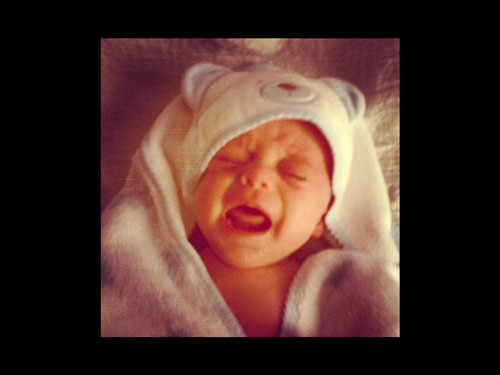
I wondered if maybe there should be a kind of “shadow gallery” on Instagram — a place where you post pictures of parenting at its worst.
Pictures of meltdowns.
Pictures of you at your most haggard.
Pictures that betray the fact that you really have no idea what you’re doing.
Of course, then I started thinking about a “shadow gallery” for artists.
Because creative work is sort of like parenting — it’s a hard, dirty, and sometimes frustrating process that usually gets portrayed with a heavy dose of romanticism.
This woman once came up to my wife, and she said, “Oh, it must be so inspiring, living with such a creative.” And my wife said, “Oh yeah, it’s like living with da Vinci.”
I think we’re living through this kind of mass fetishization of creativity. You can see it in the way we use the word “creative” as a noun to describe someone. I think we’re in danger of creativity becoming a fashion, instead of a tool in someone’s toolbelt.
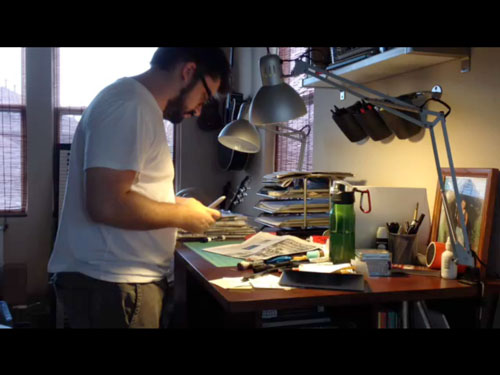
I don’t know about you, but sometimes when I read these design blogs, and I see these designers in their perfect lofts, with big windows and hard-wood floors, perfectly decorated with vintage furniture… it gives me this sort of inferiority complex.
Because my life…does not look like that.
Of course, the problem with a Shadow Gallery is the same problem with its opposite — if you tilt things too far either way, that too gives a skewed picture.
Anyways, this shadow gallery idea has got me thinking about the future for Creative Mornings in here Austin. We have this great opportunity — we can make this thing what we want. We can think about the spirit in which we want to present represent ourselves and our work to each other.
In chapter 6 of my book Steal Like An Artist, I laid out what I thought was the “big secret” to connecting with an audience: “Do good work and share it with people.”
But when I was on book tour, I still had people coming up to me asking me for advice, still asking me what was the big secret to getting discovered.
So, I started picking apart this line, and I realized that there are at least three ways to potentially misinterpret this advice.
First up is the word “good.” On the whole, I think artists are terrible judges of their work.
I’m probably best known for these things called newspaper blackout poems. Now, when I first started making these, I thought they were kind of stupid. I just thought they were little writing exercises. But I had just started my blog, and I needed new posts, and I knew nobody was reading it anyways, so I started blogging these.
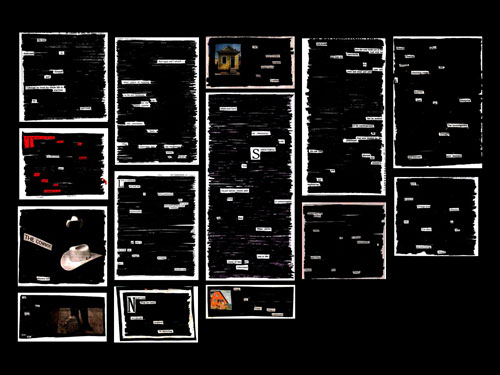
And to tell you the truth, I only did about a dozen or so of them before I got distracted and stopped making them.
Then, about a year later, a blog called 37 Signals somehow found and linked to this particular poem, and I got a big spike in traffic, and a bunch of new subscribers.
Then about a month later, a newspaper up in Canada ran a full page spread of them.
And I was feeling weird that I was getting attention for something I didn’t even do anymore, so I decided to try making one of the poems a day.
And eventually, because I kept doing them, I got better at them, and they became interesting to me.

And after a year or two of posting a poem almost every day, more and more people took notice, and I heard from an editor at HarperCollins who asked if I’d ever thought about a book, and I said, “hell yes, I’ve thought about writing a book.”
And a few years later, my first book, Newspaper Blackout, came out.
None of this would have happened if I’d only stuck to posting work that I thought was serious, or “good.”
Part of the reason I love the internet so much is that I can put stuff up and if it sucks, nobody will say anything, but if it’s any good, I’ll know, because somebody will tell me.
Half my career has sailed off the wind broken by stuff that I thought was just me farting around.
Second up is the word “work”: most artists know that their work is really a never-ending, evolving process, full of ups and downs. And yet, most artists only choose to share their perfect, finished products.
I’ve always wanted to be a writer, and a huge part of the process of becoming a good writer is being a good reader.

So when I was first starting out, I’d try to go to any book reading I could get to. And I’d bring my sketchbook with me and draw the writers, and take notes.
But then when I got home, instead of just letting my notes and my sketches sit in my notebook, I’d post them to my blog. And I noticed that not only did people seem to dig these recaps, oftentimes I’d hear from the writers themselves. (People love it when you draw them.) That’s when I found out that if you want to make friends with someone on the internet, just say nice things about them. Everybody has a Google alert on their nme.
Then, I figured, well, I’m drawing author readings, why not draw books, too? So I started drawing the books I read.
And this was a really important part of starting out for me when I didn’t have a lot of my own work to show — I could show the work of others. I could kind of learn in public.
And then, when I started posting a lot of my own work, I tried to blog a lot about my process — I tried to make sure that what I posted was the opposite of all those perfect Moleskine sketchbooks you see online. I wanted people to see my thinking on the page, thinking that was often messy.
And after I finished my first book, while I was waiting for it to be published, I tried to blog about the process of making the book, treating it like a movie, posting my special features and deleted scenes.
I did the same for Steal Like An Artist.
And now with the new book I’m writing, I keep a Tumblr where I actually blog about all the research I’m doing in real time, while I’m writing the thing. My tumblr is less like a sketchbook, and more like a scrapbook of inspiration.
And guess what? About five times as many people follow me on Tumblr than my personal blog.
It turns out that a good deal of my “work” has been pointing to the work of others.
Third up is the word “share.” A lot of artists think sharing their work is merely a matter of putting it where people can see it, but sharing really means opening up and having a relationship with your audience, letting them talk back to you and work alongside you, and learning something from them.
When I put out Newspaper Blackout, I decided I wanted to be really open about the technique and encourage people to try it. When I did readings, I made it a point to never read from the book — instead, I’d do a brief slideshow about the technique, and then we’d get out newspapers and markers and everyone would make their own poems. And then this amazing thing would happen — people would actually get up and read their own poems!
And then I’d get emails from teachers who would use the poems in their classrooms, and get all these cool pictures of students displaying their work.
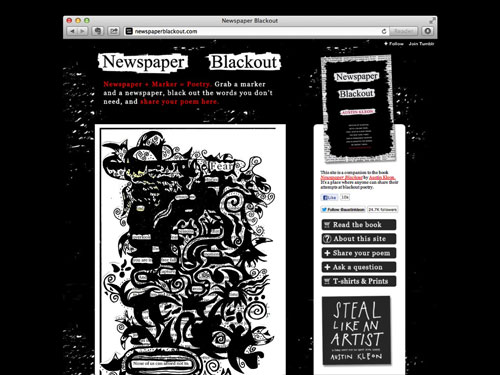
And I realized that there needed to be a place where I could post not just my poems, but other people’s poems. So I started NewspaperBlackout.com, a place where I post my poems and poems from readers all over the world.
And it’s awesome because a lot of the poems are actually really good and people take the technique to places that I couldn’t have imagined — I find a lot of stuff to steal from them.
And guess what? If five times as many people read my tumblr than my blog, over 20 times as many people read NewspaperBlackout.com.
Now, I know that follower count is just a sort of arbitrary measure of success, but even so, I don’t think it’s a coincidence that the less of my ego is involved and the more my readers are involved, the more popular my projects tend to be.
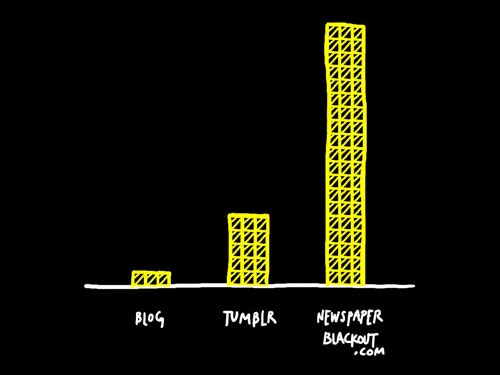
So where am I going with all this? Well, I still think “do good work and share it with people” is good advice, but I started scratching around for something else.
Last year, I was reading my friend Mike Monteiro’s great book, Design Is A Job, and there’s this bit about explaining design work to clients, where he writes, “This isn’t magic, this is math. Show your work.”
I decided to take Mike’s quote out of context and steal it for the title of my next book.
Because I think there’s so much that we can learn by opening up and sharing the creative process. I’m really happy that Creative Mornings is here in Austin — but I think if we’re going to do this, if we’re going to get together every month, we should do so in a true spirit of generosity and openness.
So I want to lay down a challenge for us.
I hope we’ll not just talk about finished work, but talk about our works-in-progress.
I hope we’ll show work we’re not 100% sure about yet.
I hope we’ll talk not just about what we’ve figured out, I hope we’ll talk about what we haven’t figured out.
I hope, like the Aymara, we’ll talk about not just what’s in front of us that we can see, but what’s behind us, what we can’t see.
I hope we’ll show our successes, but we’ll also show our failures. The good and the bad and the ugly of doing creative work.
And finally, I hope we take advantage of the structure — the speaker talks, then we all talk. I hope we don’t just see ourselves as speaker and audience, I hope we see ourselves as co-conspirators.
And I hope that somehow by being open and hanging out together and sharing what we know and what we don’t know, we’ll all learn from each other.
Because I think that’s what the future looks like.
I think Austin is the perfect place to do this. Despite all the development and condos and everything, it’s still a laid-back, supportive small town where there aren’t a lot of fevered egos.
So, let’s show our work.
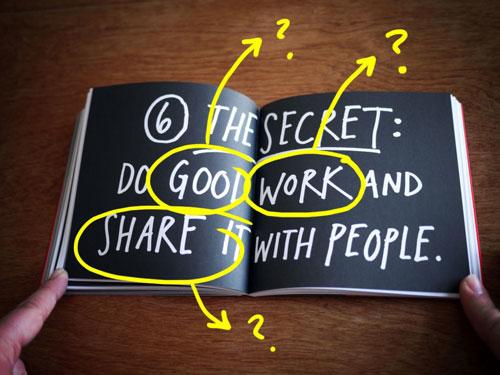


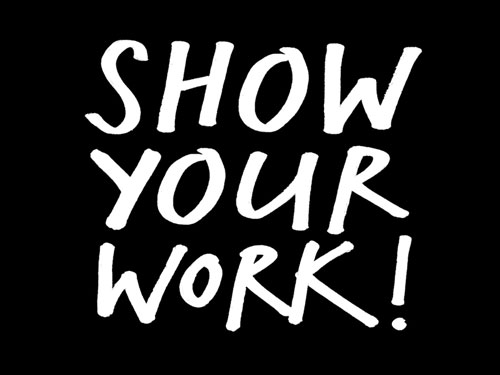


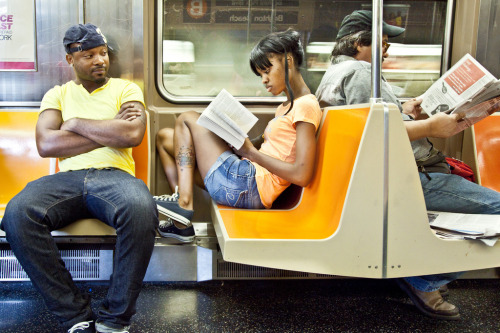
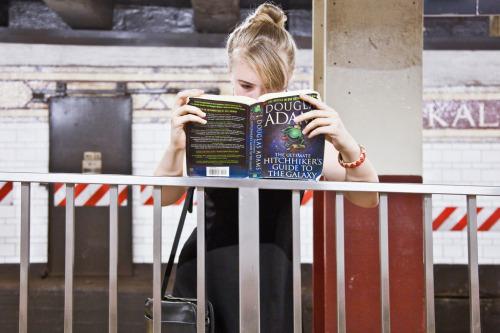
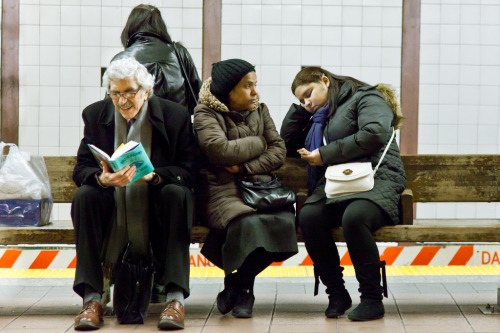
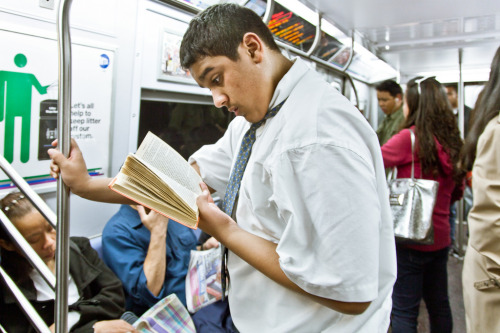
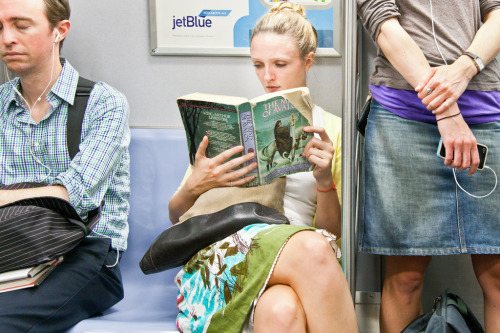
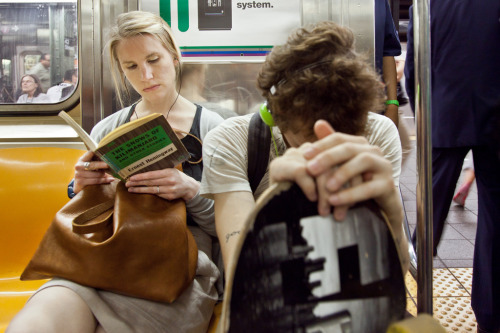
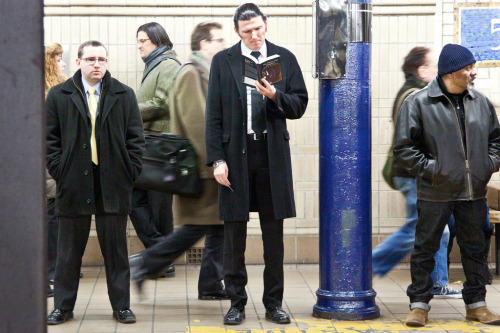
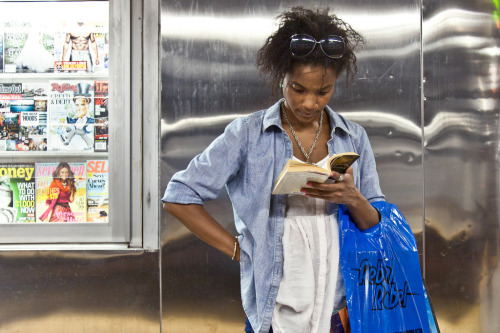















 Amy Poehler has a pretty solid resume as both a comedian and a person. After spending time studying at Second City and iO in Chicago, Poehler moved to New York with friends Matt Besser, Matt Walsh, and Ian Roberts to found the Upright Citizens Brigade, which has since grown into the massive community of learners and performers of long-form improv and sketch that it is today. In more recent years, on her off time from her TV work on SNL and Parks and Recreation, Poehler and friends Meredith Walker and Amy Miles started
Amy Poehler has a pretty solid resume as both a comedian and a person. After spending time studying at Second City and iO in Chicago, Poehler moved to New York with friends Matt Besser, Matt Walsh, and Ian Roberts to found the Upright Citizens Brigade, which has since grown into the massive community of learners and performers of long-form improv and sketch that it is today. In more recent years, on her off time from her TV work on SNL and Parks and Recreation, Poehler and friends Meredith Walker and Amy Miles started 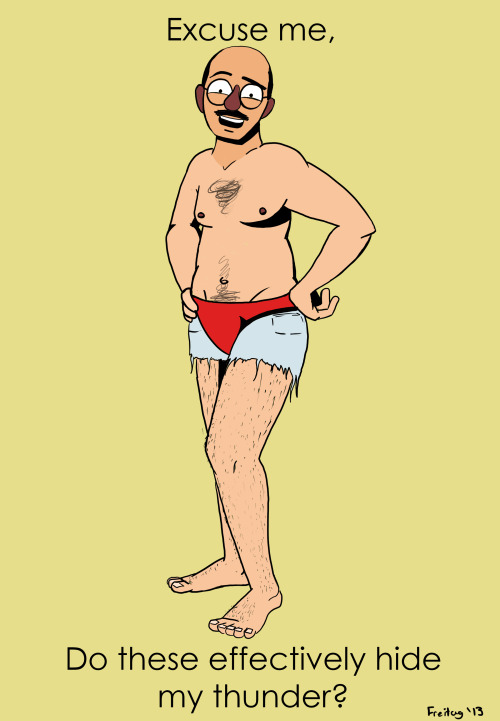
 New York fact that I just learned:
New York fact that I just learned: 





 [Image: Screenshot of our own SimCity—called, for reasons that made sense at the time, We Are The Champignons—after three hours of game play].
[Image: Screenshot of our own SimCity—called, for reasons that made sense at the time, We Are The Champignons—after three hours of game play]. [Image: A
[Image: A 


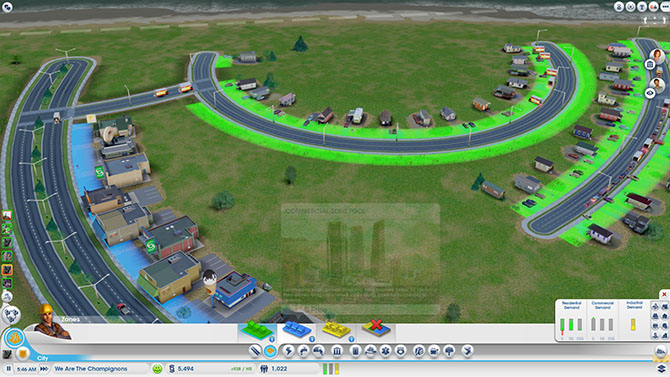 [Image: Using the zoning tool for the city designed by We Are the Champignons].
[Image: Using the zoning tool for the city designed by We Are the Champignons].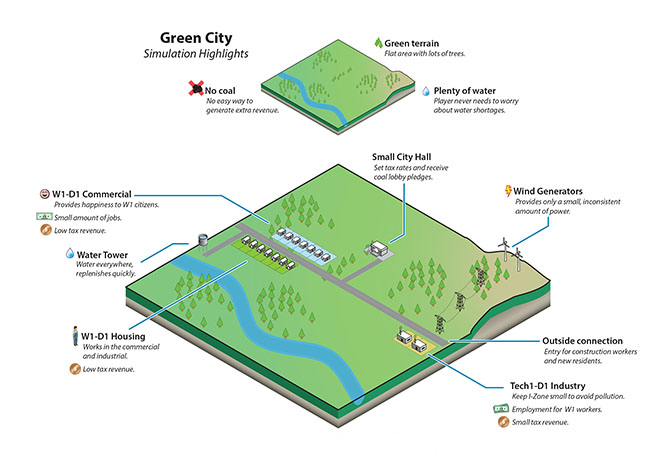
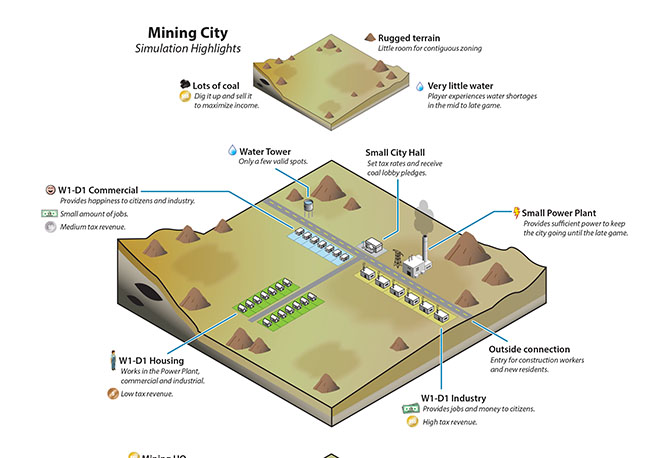 [Images: Stone Librande's storyboards for "Green City" and "Mining City" at the start of play].
[Images: Stone Librande's storyboards for "Green City" and "Mining City" at the start of play].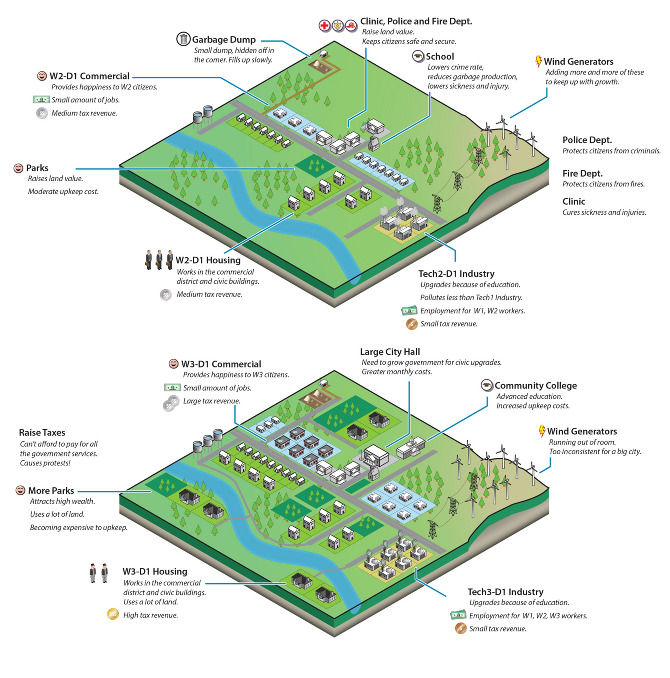 [Image: Stone Librande's storyboard for "Green City" at mid-game].
[Image: Stone Librande's storyboard for "Green City" at mid-game]. [Image: Stone Librande's storyboard for "Mining City" at mid-game].
[Image: Stone Librande's storyboard for "Mining City" at mid-game]. [Image: Stone Librande's storyboard for the "Green City" and "Mining City" end-game symbiosis].
[Image: Stone Librande's storyboard for the "Green City" and "Mining City" end-game symbiosis]. [Image: Data layer showing ore deposits].
[Image: Data layer showing ore deposits]. [Image: Data layer showing happiness levels. In SimCity, happiness is increased by wealth, good road connections, and public safety, and decreased by traffic jams and pollution].
[Image: Data layer showing happiness levels. In SimCity, happiness is increased by wealth, good road connections, and public safety, and decreased by traffic jams and pollution]. [Image: A regional view of a SimCity game, showing different cities and their painfully small footprints].
[Image: A regional view of a SimCity game, showing different cities and their painfully small footprints]. [Image: Screenshot from SimCity 4].
[Image: Screenshot from SimCity 4].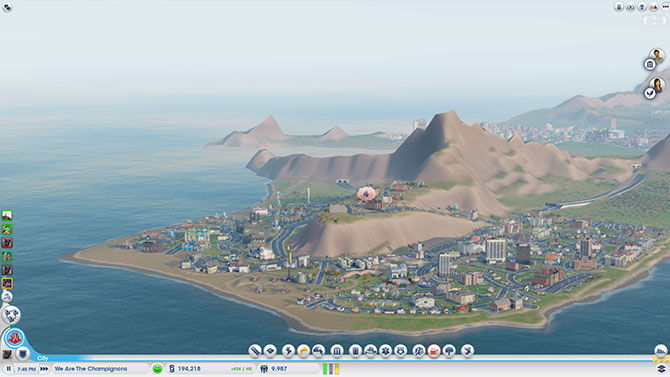 [Image: A fire breaks out in the city designed by We Are The Champignons].
[Image: A fire breaks out in the city designed by We Are The Champignons]. [Image: Sims queue for the bus at dawn].
[Image: Sims queue for the bus at dawn]. [Image: We Are The Champignons' industrial zone, carefully positioned downwind of the residential areas].
[Image: We Are The Champignons' industrial zone, carefully positioned downwind of the residential areas].
